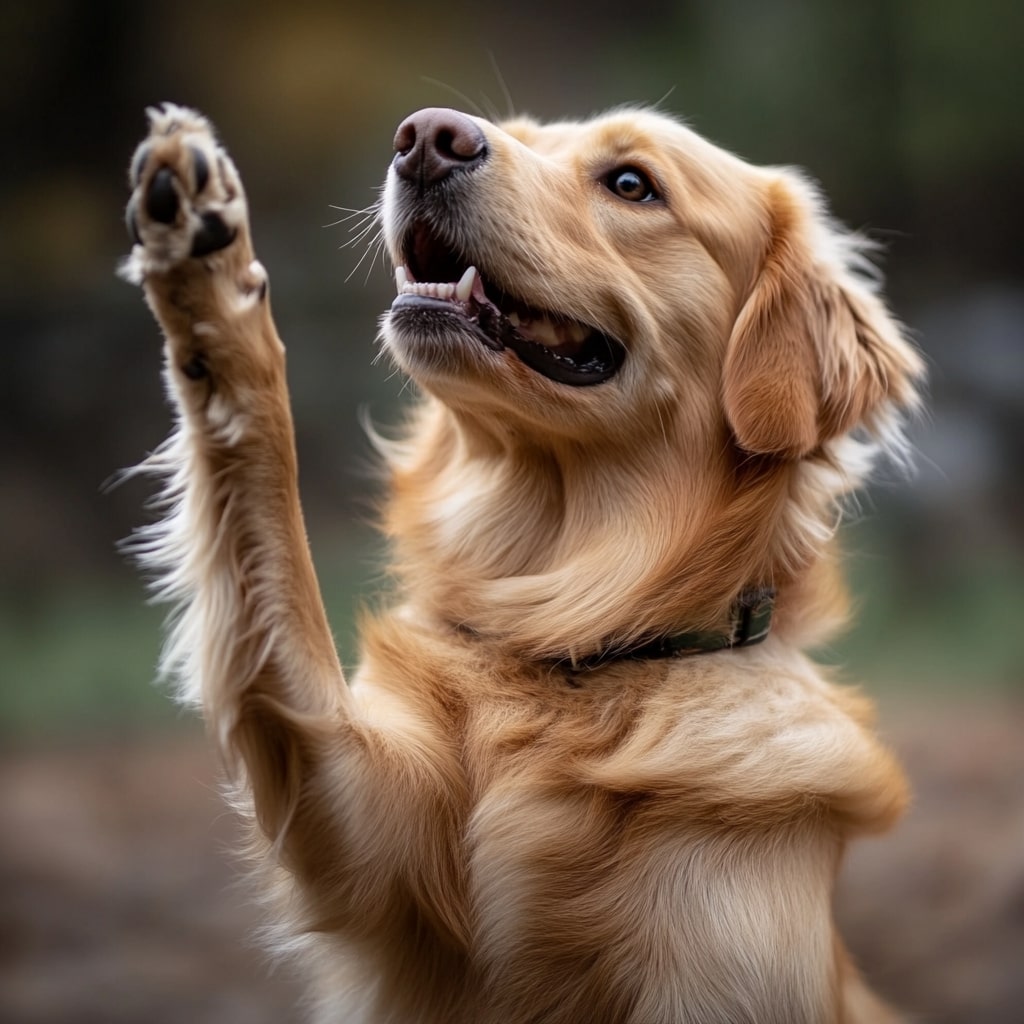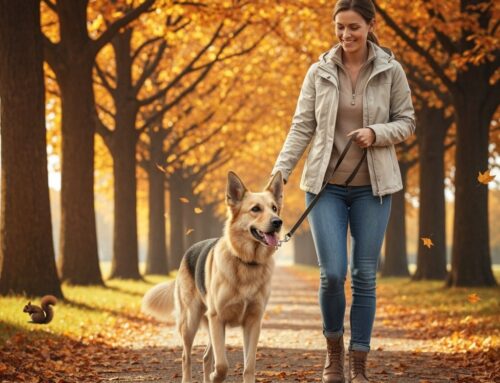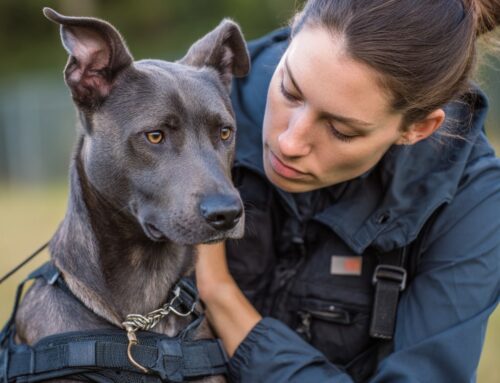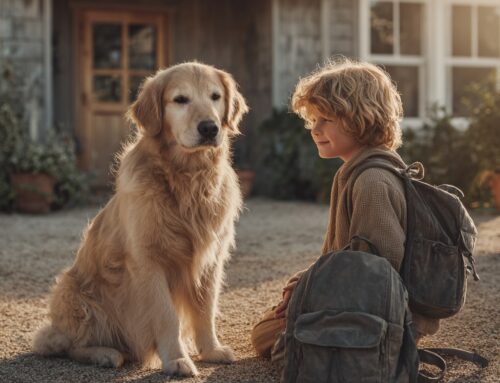Dog training is both an art and a science. It requires a deep understanding of canine behavior, communication, and psychology to teach dogs commands, prevent unwanted behaviors, and shape their overall temperament. Whether you’re a professional trainer, dog owner, or aspiring canine behaviorist, mastering the most effective techniques can lead to a well-behaved and confident dog. We will explore several expert techniques in dog training, highlighting their effectiveness and how they contribute to building a positive relationship between humans and dogs in these different dog training methods.
1. Positive Reinforcement: The Foundation of Modern Dog Training
At the heart of successful dog training is positive reinforcement. This dog training method is based on the principle of rewarding desired behaviors, which increases the likelihood that the dog will repeat those behaviors in the future. The reward can be anything the dog finds motivating, such as treats, toys, or verbal praise.
How It Works:
Positive reinforcement involves immediately rewarding a dog when they perform the desired behavior. For example, when teaching a dog to sit, you would reward the dog with a treat as soon as their bottom touches the ground in canine training. Over time, the dog associates sitting with positive outcomes and is more likely to follow the command in various situations.
Why It’s Effective:
- Motivation: Dogs are motivated by rewards, which encourages them to learn and obey commands.
- Trust-building: This dog training method fosters a strong bond between the dog and the trainer, as the dog associates training with positive experiences.
- Minimizes Fear: Unlike punishment-based methods, positive reinforcement reduces fear and stress, making the learning environment more comfortable for the dog.
Best Practices:
- Use small, high-value treats that your dog loves, and gradually reduce the frequency of treats as the behavior becomes consistent.
- Timing is crucial in training dogs. Ensure you reward your dog immediately after they perform the correct behavior to reinforce the connection.
- Verbal praise and petting can also be powerful motivators, especially as your dog becomes more advanced in their training.
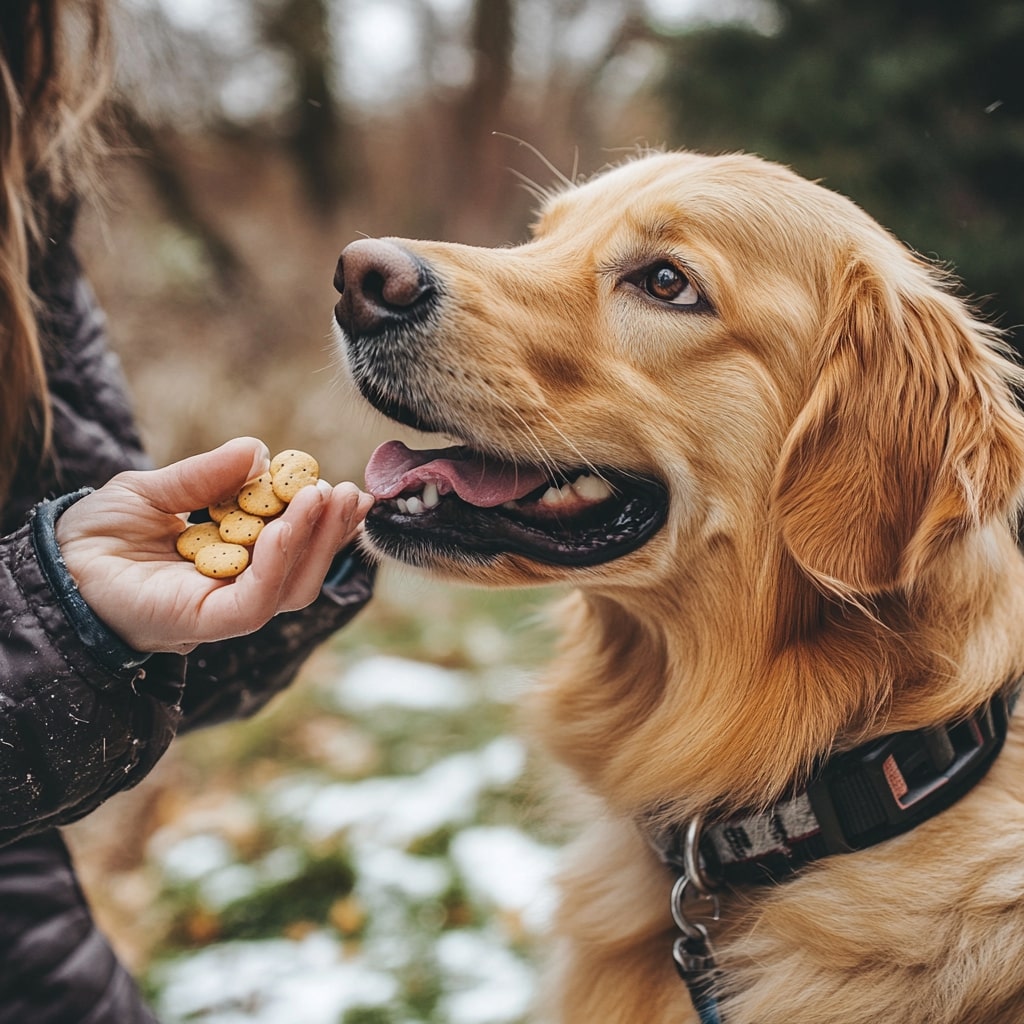
2. Clicker Training: Enhancing Communication
Clicker training is a form of positive reinforcement that uses a small device that makes a distinct “click” sound to mark the exact moment a desired behavior occurs to help with the consistent training process. The clicker acts as a signal to the dog that they’ve done something right and that a reward is coming.
How It Works:
The dog learns to associate the click sound with a reward. For example, when teaching a dog to lay down, you would click as soon as the dog’s body touches the floor and then follow up with a treat. The clicker provides immediate feedback, which helps the dog understand exactly which behavior is being rewarded.
Why It’s Effective:
- Precision: The clicker marks the precise moment of the correct behavior, which helps the dog understand exactly what they did to earn a reward.
- Speed of Learning: Because of its clarity, clicker training often speeds up the learning process.
- Consistency: The sound of the clicker is always the same, unlike verbal praise which can vary in tone and enthusiasm.
Best Practices:
- Start by “charging” the clicker, which means clicking and immediately giving the dog a treat multiple times until they associate the sound with a reward.
- Use the clicker only when you want to mark a specific behavior, and phase it out as the dog becomes more proficient in the command.
3. Desensitization and Counter-Conditioning: Managing Fear and Aggression
Many dogs struggle with fear-based or aggressive behaviors toward specific triggers, such as loud noises, unfamiliar people, or other dogs. Desensitization and counter-conditioning are two techniques that work together to reduce these negative reactions and unwanted behavior.
How Desensitization Works:
Desensitization involves gradually exposing a dog to the feared stimulus at a level that doesn’t provoke fear. Over time, the dog becomes less sensitive to the stimulus and learns to tolerate or even ignore it. For example, if a dog is afraid of vacuum cleaners, you might start by placing a turned off vacuum in the room and rewarding the dog for staying calm. Slowly, you would increase exposure by turning the vacuum on for short periods and rewarding calm behavior.
How Counter-Conditioning Works:
Counter-conditioning involves helping change the dog’s emotional response to the feared stimulus by pairing it with positive associations. If a dog is afraid of strangers, you would offer treats or play whenever a stranger approaches, gradually shifting the dog’s association from fear to something positive.
Why These Methods Are Effective:
- Gradual Exposure: These methods work because they gradually expose the dog to triggers in a controlled way, helping them build confidence.
- Positive Associations: By pairing a feared object or situation with rewards, the dog learns that good things happen in the presence of the trigger.
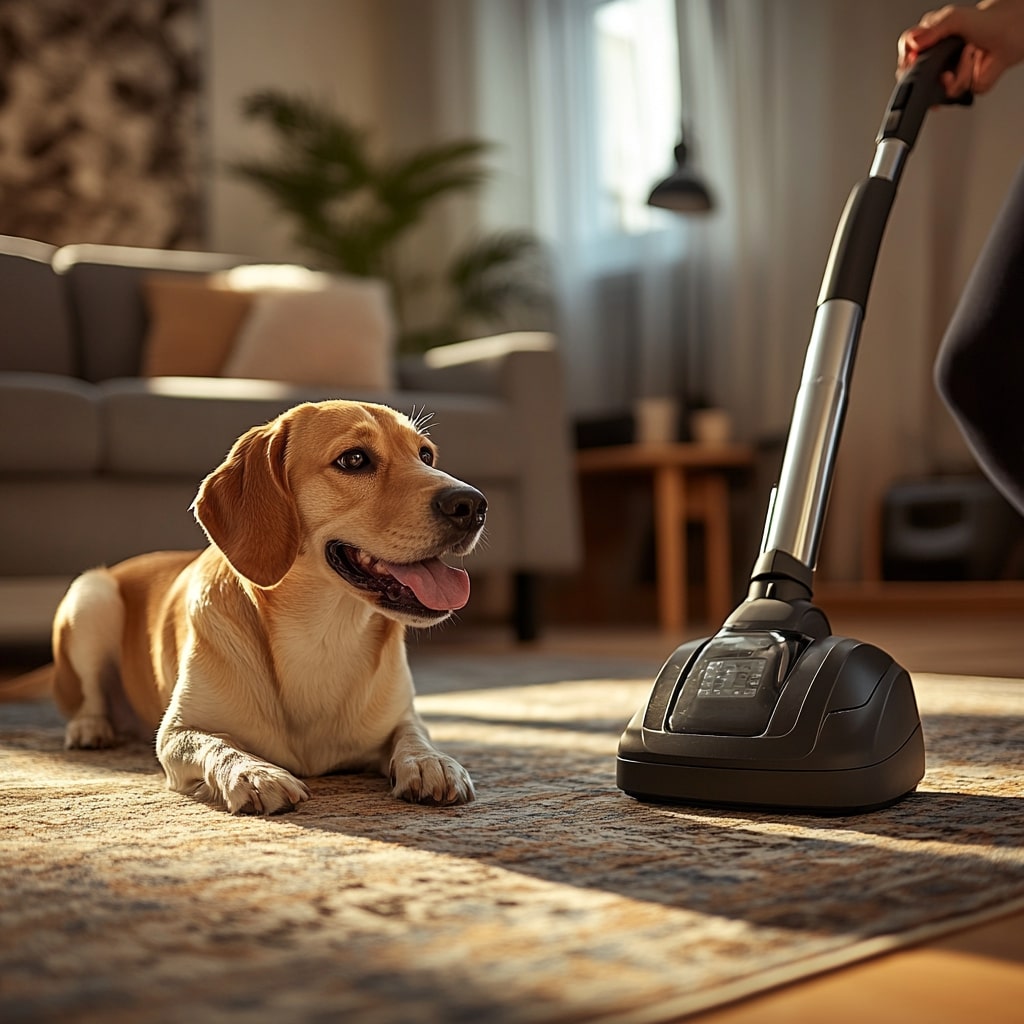
Best Practices:
- Always start with a level of exposure that the dog can handle without showing signs of stress or fear.
- Take small steps, gradually increasing the intensity or duration of exposure as the dog becomes more comfortable.
- Be patient; desensitization and counter-conditioning can take time, especially for deeply ingrained fears or aggressive responses.
4. Leash Training and Loose-Leash Walking
One of the most common struggles dog owners face is teaching their dog to walk calmly on a leash. Loose-leash walking is when the dog walks beside or slightly in front of the handler without pulling on the leash. This requires consistent training and patience.
How It Works:
Loose-leash walking can be taught through positive reinforcement and stopping the walk whenever the dog pulls on the leash. When the dog walks without pulling, they are rewarded with treats, praise, or the continuation of the walk itself. If they begin to pull, the trainer stops walking, waits for the dog to return to a calm state, and then resumes the walk.
Why It’s Effective:
- Immediate Feedback: Stopping the walk immediately when the dog pulls provides instant feedback, helping the dog understand that pulling ends the fun.
- Rewarding Calm Behavior: By rewarding the dog for walking calmly, the dog learns that good behavior leads to continued exploration.
Best Practices:
- Use high-value treats at first to keep the dog’s attention on you rather than distractions.
- Be consistent in leash training your pup. Every time the dog pulls, stop walking. This helps reinforce the idea that pulling doesn’t get them anywhere.
- Gradually reduce the use of treats as the dog becomes more proficient at walking calmly.
5. Shaping and Luring: Building Complex Behaviors
Shaping and luring are advanced techniques used to teach dogs more complex behaviors by breaking them down into smaller, more manageable steps. Just remember that every dog is unique so dogs will learn on their own time and you’ll need to work with their individual personalities when trying out these dog training techniques.
How Shaping Works:
Shaping involves rewarding successive approximations of the desired behavior. For example, if you’re teaching a dog to roll over, you would start by rewarding the dog for lying down, then for turning its head to the side, then for rolling onto its side, and so on until the dog performs the full roll-over.
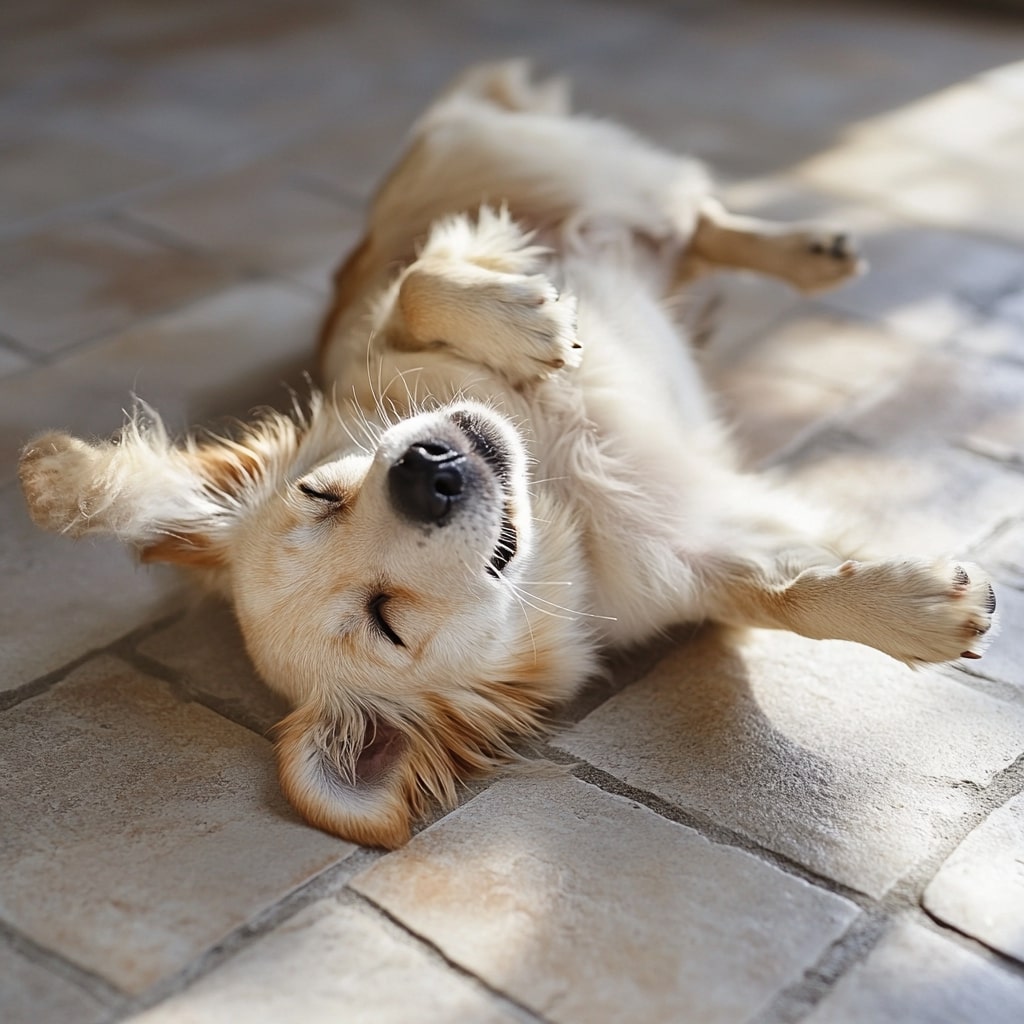
How Luring Works:
Luring involves using a treat to guide the dog into the desired position. For example, to teach a dog to lie down, you might hold a treat in front of their nose and slowly move it toward the ground. As the dog follows the treat, they naturally lie down, at which point they are rewarded.
Why These Methods Are Effective:
- Gradual Learning: Both methods allow dogs to learn in small steps, which prevents them from becoming overwhelmed.
- Focus on the Desired Behavior: By guiding the dog toward the correct behavior, you help them understand what’s expected.
Best Practices:
- Be patient and reward even small steps in the right direction, especially in the beginning.
- Gradually reduce the use of the lure as the dog becomes more familiar with the command, to avoid reliance on the lure for compliance.
6. Impulse Control Training
Impulse control is an essential skill for dogs, especially in situations where they need to wait or stay calm. This basic obedience training helps dogs resist the urge to react impulsively, such as jumping on people, chasing after distractions, or darting through open doors.
Exercises for Impulse Control:
- “Leave It” Command: This teaches the dog to ignore distractions, such as food on the ground or other dogs.
- “Wait” Command: The dog learns to pause before moving forward, which can be used at doorways or before crossing streets.
- Mat Training: This helps the dog develop the ability to stay in one spot, even with distractions around.
Why It’s Effective:
- Prevents Overexcitement: Teaching impulse control helps dogs remain calm in stimulating environments.
- Safety: Dogs with good impulse control are less likely to engage in dangerous behaviors like running into traffic or jumping on strangers.
Best Practices:
- Start with simple commands in a low-distraction environment before moving to more challenging situations.
- Use a calm and firm tone when giving commands related to impulse control.
7. Professional Dog Training: When to Seek Expert Help
While many dog owners can successfully train their pets using the techniques mentioned above, there are times when professional help is invaluable. Professional dog trainers have years of experience and specialized knowledge that can be essential in addressing more challenging behaviors or training goals. Whether you’re dealing with severe behavioral issues, lack the time to train consistently, or simply want expert guidance, working with a professional can make a significant difference.
When to Consider a Professional Dog Trainer:
- Aggression or Fear-Based Behaviors: If your dog exhibits aggressive behavior toward other dogs, people, or specific stimuli, it’s important to seek professional help. A trainer with experience in behavioral modification can create a personalized plan to address these issues safely and effectively.
- Severe Anxiety: Dogs with severe anxiety, such as separation anxiety or phobias, may require specialized training methods to help them feel more secure and calm. Professional trainers often have advanced techniques and tools to work with these dogs over time.
- Time Constraints: Consistency is crucial in dog training, but not every owner has the time to devote to regular training sessions. A professional trainer can step in, either through one-on-one sessions or board-and-train programs, to ensure your dog receives the focused attention they need.
- Advanced Training Goals: If you want to teach your dog advanced skills, such as off-leash reliability, therapy dog work, or complex tricks, a professional trainer can help guide you through these more intricate processes.
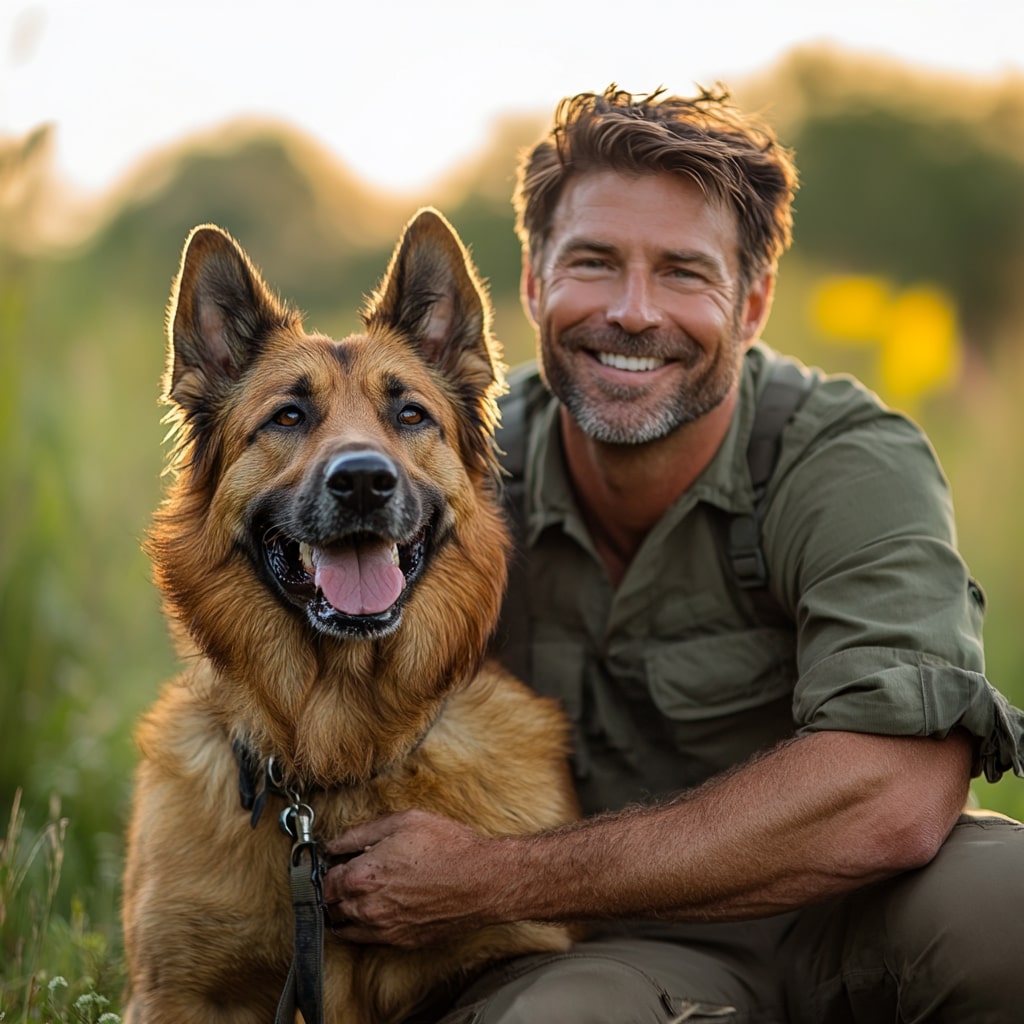
Benefits of Hiring a Professional Dog Trainer:
- Personalized Training Plans: Every dog is unique, and professional trainers can tailor their approach based on your dog’s specific needs, breed tendencies, and personality.
- Faster Results: With their deep understanding of canine behavior and proven training methods, professionals can often achieve results more quickly than a novice trainer might on their own.
- Experience with Difficult Cases: Professional trainers are equipped to handle difficult behaviors that can be overwhelming or frustrating for owners, such as reactivity, leash aggression, or territorial behavior.
- Continued Support and Guidance: Many trainers offer ongoing support and follow-up sessions, ensuring that both you and your dog continue to progress even after the initial training period.
Choosing the Right Trainer:
Not all dog trainers are created equal, so it’s important to find a professional who aligns with your training goals and values. Look for trainers who use positive reinforcement methods and prioritize the well-being of the dog over punishment-based approaches. Additionally, ask for references, read reviews, and look for certifications from reputable organizations.
Professional dog trainers bring a wealth of experience in the art of dog training, knowledge, and patience that can take your dog’s training to the next level. Whether you’re dealing with severe behavioral issues or simply want to refine your dog’s skills, a qualified trainer can provide invaluable assistance, making the training process smoother, faster, and more effective. By combining expert help with consistent practice at home, you’ll set your dog up for long-term success and happiness.
The Art of Dog Training
The art of dog training is a journey that requires understanding, patience, and effective techniques. By employing methods such as positive reinforcement, clicker training, desensitization, and impulse control, expert trainers create well-behaved, confident dogs. These techniques not only teach commands but also strengthen the bond between dog and owner, ensuring a lifetime of companionship based on trust and respect. And by incorporating professional training into your dog’s development can help tackle more difficult behaviors, achieve advanced goals, and provide you with expert guidance for a lifetime of positive companionship.
For those seeking professional guidance in dog training, Performance K9 Training and Boarding offers exceptional services tailored to your dog’s specific needs. Whether you’re dealing with basic behavioral issues or more complex problems, their team of experienced trainers provides solutions through their Basic Behavior Modification Program or Advanced Behavior Modification Program. Using proven, positive reinforcement techniques, Performance K9 Training and Boarding ensures that each dog receives personalized care and training in a safe, structured environment. From foundational obedience to tackling severe aggression with their Aggression Rehabilitation Program, Performance K9 Training and Boarding is committed to helping dogs become well-mannered, confident companions while providing owners with peace of mind and long-lasting results. Contact Performance K9 Training and Boarding today for a free consultation to see what program best suits you and your dogs needs!



